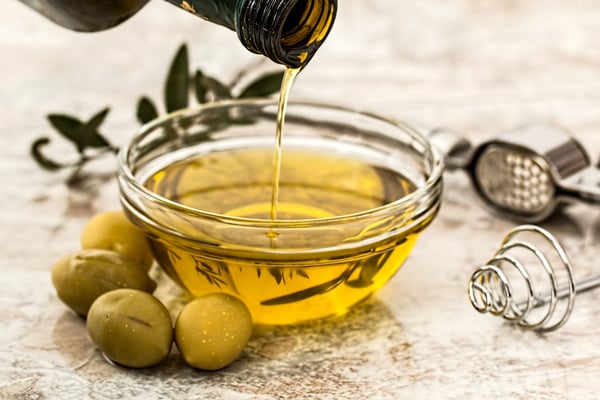黏度分析用於辨別100%純橄欖油 & 混摻油_Viscosity & Olive Oil
A couple weeks ago, our technical specialists Rick Paulino and Gordon Stack measured different brands and types of olive oil. The two technical specialists tested to see if there was a difference between 100% pure olive oil compared to olive oil that has been blended with 10% canola oils. Their study concluded there was a ~10 cP difference between the oils, with olive oil boasting a higher viscous characteristic.

An article by Daniel Dawson from Olive Oil Times suggests that harvesting by hand leads to lower levels of oxidation. This study accounted for viscosity, thermal conductivity, and thermal resistivity (reliable predictors in lipid oxidation levels) when determining the overall quality of the olive oils. According to the study, "the lowest viscosity and thermal conductivity values and the highest resistivity values were found for oils that were obtained from olives harvested by hand." Harvesting olives by machine however, proved to have higher levels of thermal conductivity with lower levels of resistivity.
Although there needs to be more research done, this study "concluded that the optimum way to make olive oil with the lowest rates of oxidation may be to harvest the olives by hand and press them within the first day."
Now we took this study as a reference to one of our upcoming application notes, as our in-house rheologist Dr. Stacey Elliott is working on a special application note dedicated to oils in foods. Make sure to check your updates from us!
